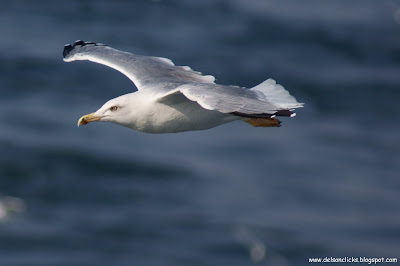This was my first opportunity to photograph a car race. For safety reasons, the entire race track was fenced and the challenge was to get photos without the fence appearing in the image.
All photographs were shot with a telephoto at or near 400mm with f/5.6 aperture. The minimum focusing was kept at 6.5 meters and I ensured that I was less than 6.5 meters from the fence.
Above are two photographs of Legends car racing; designed primarily to promote racing and to keep costs down. The bodyshells are 5/8-scale replicas of American automobiles from the 1930s and 1940s, powered by a Yamaha motorcycle engine. Photographed around twilight time, by staying less than 6 meters from the fence I ensured that the camera's auto-focus ignored the fence.
Two cars from the Monster truck contest. From my position, there were light poles obstructing the obstacles on the course. There was one area though, which was not obstructed; unfortunately this area was inadequately lit. Hence I had to shoot these Monster trucks at 10000 ISO to get some reasonable sharpness.
The sprint car racing. - These cars with their 6.5 liter engine can easily touch 200kms/hr. To get a image like this with blurred background- it took a lot of trial and error. I chose a car that was best placed. The camera focus was selected on center, single point. I kept trying to track the advertisement on the cars- which provide good contrast. The camera was kept for multiple exposures and AI servo focusing mode. Not all attempts were successful; but the more I tried the more usable Images I got.



















